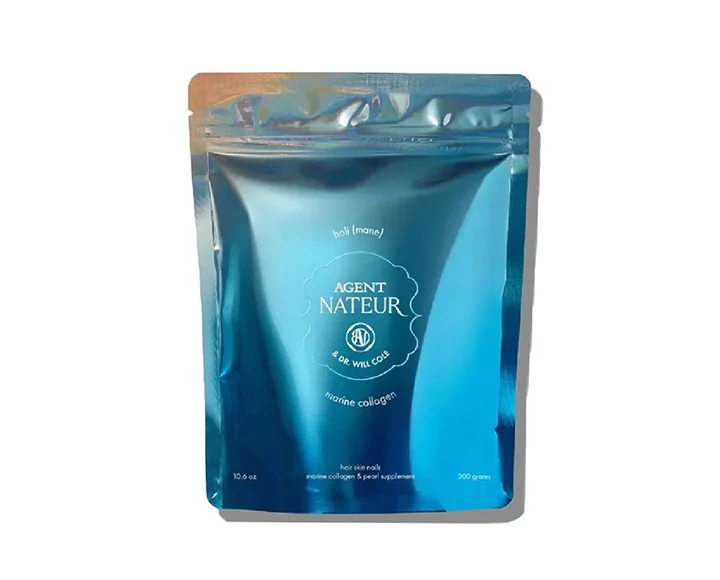Yogurt almost seems like the perfect food: versatile, tasty, nutritious, inexpensive…!
What can you do with yogurt? Sure, you can buy it in a little container with fruit jam and sugar added. Millions of those little containers are sold every day in America, and even kids have learned to love this food that was once enjoyed solely by health food fanatics. But yogurt is so much more than a fruity snack! You can eat it plain. You can add herbs and flavorings. You can use it for a vegetable dip or a salad dressing. You can even use it as a facial!
Yogurt has two primary characteristics: It has a distinctive taste (more about that in a minute), and it is full of probiotics – good bacteria that support health and digestion. As a food, the creamy, slightly tart taste of yogurt makes it a perfect base or addition to many menus:
- Use it on salads. Add a little honey and mint to turn a boring bowl of fruit into a zesty summer salad. Use it as a base or add a few tablespoons to a favorite salad dressing for to perk up an ordinary salad.
- Make dips. Strain it through a coffee filter and add some herbs and spices, then scoop it up with chips, nachos or vegetable slices.
- A breakfast parfait. Layer yogurt with granola and fruit for a quick and nutritious breakfast or snack that even little kids will love!
- Blend it into a smoothie. Yogurt, fruit, a little protein powder, maybe some honey… put it all in a blender and you have a refreshing and filling breakfast or a between-meal snack. But don’t stop there! Try yogurt with some vegetables for something new and different! Yogurt blended with half a cucumber and some mint makes a wonderful summer pick-me-up!
- Gourmet garnish. Add a dollop of yogurt to a bowl of soup for a new and exciting first course or small meal. (The contrast of hot soup and cold yogurt is especially interesting!)
- Pancake and waffle topper. Try dressing up your Sunday breakfast with a spoonful of yogurt and a dash of cinnamon instead of the old standby maple syrup!
- Make fruit pops. Mix it up with pureed fruit and a little honey, and freeze it in popsicle containers for a refreshing and nutritious summer treat.
- Use yogurt as the liquid in baked goods for extra taste. If you stir up the yogurt and flour ahead of time, and let it sit for a few hours before adding the other ingredients, the acid in the yogurt will work on the flour and make your cake or cookies or muffins extra light and fluffy.
The possibilities are endless. Don’t be afraid to experiment! And when you have eaten yogurt in all the ways you can think of, consider yogurt as a body care product! The slightly acidic quality of yogurt, along with the milk proteins, makes it a natural for skin care:
- Use plain yogurt for a facial mask. Just smooth it onto your skin, let it dry, and rinse it off. It will tone your skin and feed the surface cells.
- Relieve scalp itching. Work plain yogurt into your hair close to the scalp and massage thoroughly with your fingertips. Leave it on for 15 minutes, then rinse out with warm water.
- Condition your hands and fingernails. Combine 8 ounces of plain yogurt with 1 tablespoon of lemon juice and refrigerate for a few hours. Use it to massage your hands and nails, then rinse thoroughly with warm water. Use the mixture within two weeks.
- Cool a sunburn. Apply plain yogurt to a sunburn, and watch the redness and burning disappear! (Caution: do not apply to broken or blistered skin.)
- Relieve a rash. Cool, plain yogurt applied to a mild rash can provide some relief. (If the rash persists, or is accompanied by other symptoms, see your health care professional.)
- Instant ahhhh for spicy foods! Did you just take a big bite of super-spicy food? Quick! Put a spoonful of yogurt in your mouth and hold it there for quick relief.
World of Yogurt
Now, you have probably been imagining plain, ordinary, supermarket yogurt for all these things. Or maybe homemade yogurt that you’ve made using plain, ordinary, supermarket yogurt as a starter. But did you know that there are many different varieties of yogurt? They all have the same basic characteristics: made from milk, thick like pudding, slightly astringent taste. Beyond that, there are varieties of yogurt from around the world with distinctive flavors and characteristics.
Yogurt cultures that have originated in different parts of the world have characteristic flavors and consistencies. People from different cultures often develop a taste for certain types of yogurt, and measure all other yogurts against their own “standard.”
Bulgarian yogurt is the type that most people in America are familiar with. Most commercial yogurts are based on this common formula, which is made with two types of bacteria: L. Bulgaricus and S. Thermophilus. Greek yogurt also uses these two bacteria, but in slightly different ratios, which makes it have a characteristic tartness. (Greek or Greek-style yogurt is strained to remove the extra whey, which makes it much thicker.)
Cultures for Health sells starter cultures for these two varieties, as well as several additional types. A type of yogurt that is growing in popularity around the world is the countertop culture, or mesophilic, which will culture at room temperatures, requiring no heating of the milk and no special incubation procedure.













